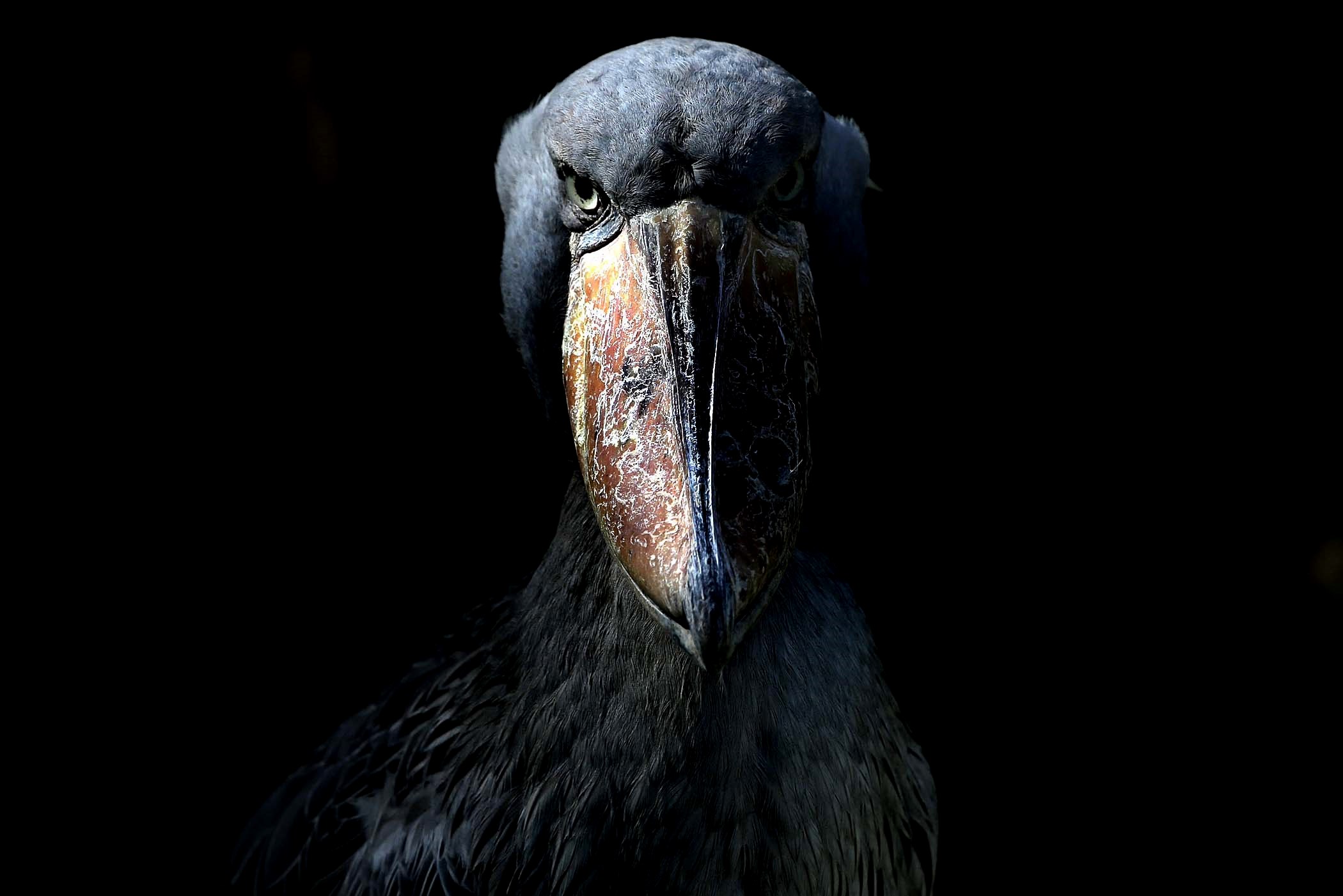
There are a lot of reasons why you might cry “Photoshop!” when looking at shoebill storks. It’s one of the largest, strangest birds in Africa, and learning more about it will take you on a journey of everything from decapitation to deforestation.Īre you ready? Have you prepared yourself for these shoebill stork facts? Let’s learn about this weird bird! 1. It might look like a dinosaur, but the shoebill stork isn’t a T-Rex. Why do shoebill storks gravitate towards shallow water? What is the habitat of the shoebill stork? Why do shoebill storks shake their heads? Do shoebill storks care about their young at all? How many eggs does the shoebill stork lay? What do they look like? What other names does the shoebill stork have? What measures are being taken to protect the shoebill stork? What eats a shoebill stork? Predators and Threats It is important to work to preserve shoebill birds and their habitats so that shoebills can continue thriving in the years to come. They may look scary and have big, intimidating bills, but those bills are only a cause for concern for fish and some small animals. Shoebills are not particularly harmful to humans and there are no confirmed cases of death due to these birds attacking humans, pets, or livestock. Understanding these beautiful shoebill birds is important, and education about these creatures will help in conservation efforts and in preventing the shoebill bird from becoming endangered. There’s a lot more to learn about shoebills, and this information has really only scratched the surface.

#SHOEBILL MEME HOW TO#
Today, scientists continue to study fossils and information about shoebills to get a better idea of what they are and how to understand them. It wasn’t until over a hundred years later that shoebills were reclassified. They did not receive a classification until the 1800s, however, when they become known to the West and specifically to Europe. Humans have known about shoebills as long ago as ancient Egypt, when they are first referred to in written language.

Despite the shoebill descending from both of these relatives, it does not have separate types now, and the shoebill doesn’t even come in more than one color.īy nao-cha from Tokyo, Japan – Shoebill #2, CC BY-SA 2.0, The first is called Goliathia and was found in Egypt, and the second is called Paludavis and was also found in Egpyt, but fossilized at a different time period. There is only one type of shoebill, but there are two known prehistoric relatives of this type of bird.

Shoebill’s average size is 40-50 inches.


 0 kommentar(er)
0 kommentar(er)
